The Mediterranean Diet (MD) is worldwide known for its benefits and was added in 2010 to the UNESCO list of intangible cultural heritage of humanity. Not only is this diet recognized for its nutritional properties and density, but it also “encompasses a set of skills, knowledge, practices and traditions from landscape to table, including crops, harvesting, fishing, conservation, processing, preparation and, in particular, food consumption” [1].
An historical territorial diet, based on local and cultural food
The MD has indeed a strong historical and regional dimension. It is rooted in the Mediterranean area, which was during centuries a point of passage of numerous civilizations: Greeks, Romans, Cretans, Italians… The MD was first described by Ancel Keys in the 1980s [2], as a low-saturated fat diet.
It was traditionally characterized by a high intake of fresh and local vegetables, legumes, fruits and nuts, and unrefined cereals, a moderately high intake of fresh fish, a low intake of dairy, meat and poultry, and a moderate intake of alcohol, essentially wine during meals, if it was accepted by religion.
The MD was considered at first because it was known to be efficient in coronary diseases prevention, by lowering the total cholesterol level in the plasma. Nonetheless, several studies have proven that this diet benefits were eventually attributable to what it involves: a high olive oil intake [3-6].
A dense, varied and healthy food pattern with several health benefits
Numerous studies and clinical trials have been conducted over the past four decades to understand the health consequences of adhering to the MD. In 2017, a meta-analysis [7] showed that the MD reduced the risk of cardiovascular diseases incidence by 45%, compared to a classic Western diet.
Today, there is no doubt about the benefits of this diet in preventing forms of malnutrition (obesity, type 2 diabetes mellitus [8]), but it is also recognized to be favorable in the prevention of cancer [8-11], neuro-degenerative diseases [8] and in promoting longevity [12, 13].
“Adherence to the MD has been associated with a significant reduction in total mortality, mortality from cardiovascular disease (CVD) and cancer, and with cancer-risk lowering potential.” – Hachem et al, 2020.
In short, with the MD being low in saturated fats, animal proteins, high in antioxidants and fibers, it has been proven that this diet is associated with several positive health outcomes whether it is disease prevention or forms of malnutrition.
Nowadays, the interest of MD goes beyond nutrition and culture. With a preoccupying increase of malnutrition in all its forms (obesity, nutrients deficiencies, undernutrition…), deeply transitioning towards more sustainable healthy diets and environmental-friendly dietary habits seems mandatory. Studies suggest that Territorial Diversified Diets (TDD), including the MD, could enable shifts and changes commensurate with the challenge we are currently facing [14].
The Mediterranean diet is a territorial diversified diet
Territorial Diversified Diets (TDD) are region-specific diets that primarily includes seasonal, locally-sourced foods and have a flexitarian pattern. Flexitarianism indeed combines large amounts of plant-sourced foods, low levels of meat but moderate volume of poultry, fish, eggs and dairy [15].
TDDs are considered healthy sustainable diets, relying on four dimensions [16]:
- involve safe nutritionally-dense foods in a healthy and varied pattern
- be culturally acceptable
- be accessible, affordable and equitable
- have a low environmental impact and preserve biodiversity as well as natural resources
A recent review [15] suggests that the TDD, among which are the Mediterranean and New Nordic diets for example, can meet the energy and nutritional needs without the need for dietary supplementation or professional advice.
‘In reviewing the criteria for sustainable healthy diets, we show that flexitarian and territorial diversified diets may offer the optimal balance between human and planetary health without the need for support from healthcare professionals.’ – Moreno et al, 2021
The environmental stakes of territorial diversified diets
When it comes to environmental sustainability, the TDDs and more specifically the MD are of a great relevance in order to address environmental pressure, by being culturally and economically deeply anchored in populations habits around the Mediterranean area, easy to adopt and accessible. By consuming locally grown food and raised cattle, MD adepts value short circuits that avoid exportations and polluting food transport, while promoting local economy.
For comparison, following a daily Northern American diet has a daily ecological footprint of 5.4 kg of CO2 released into the atmosphere, while a person who follows the MD equals to 2.2 kg of CO2 emitted daily in average [17].
Thus, when it is adopted locally, a Mediterranean food pattern would enable a reduction of greenhouse gases emissions (GHGE), land use and energy and freshwater consumption. According to a study in Spain, adherence to the MD could lower GHGEs by 72% [18].
Thus, the MD has many advantages both in terms of nutrition and sustainability of our food.
Nevertheless, it is important to note that such a diet has its place only in the Mediterranean basin, where it legitimately exploits local resources for a diet adapted to the local populations, without excessive importation of products and a reasonable local consumption.
This model, when adapted to the territory under study, has variations specific to the resources of the region and the socio-economic factors of the local populations. For example, the NDD reflects the MD in the Nordic countries. Therefore, more research and involvement in studying new territorial diets has its role to play in the transition to healthy and sustainable diets.
For more information:
- Video: How can our diets protect both, human and planet health?
- Go local for a healthy sustainable diet
- How to save the world – and live longer



